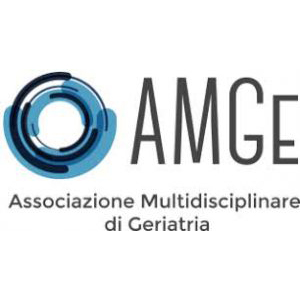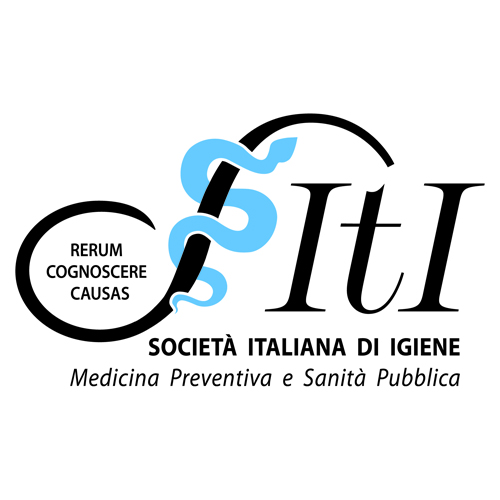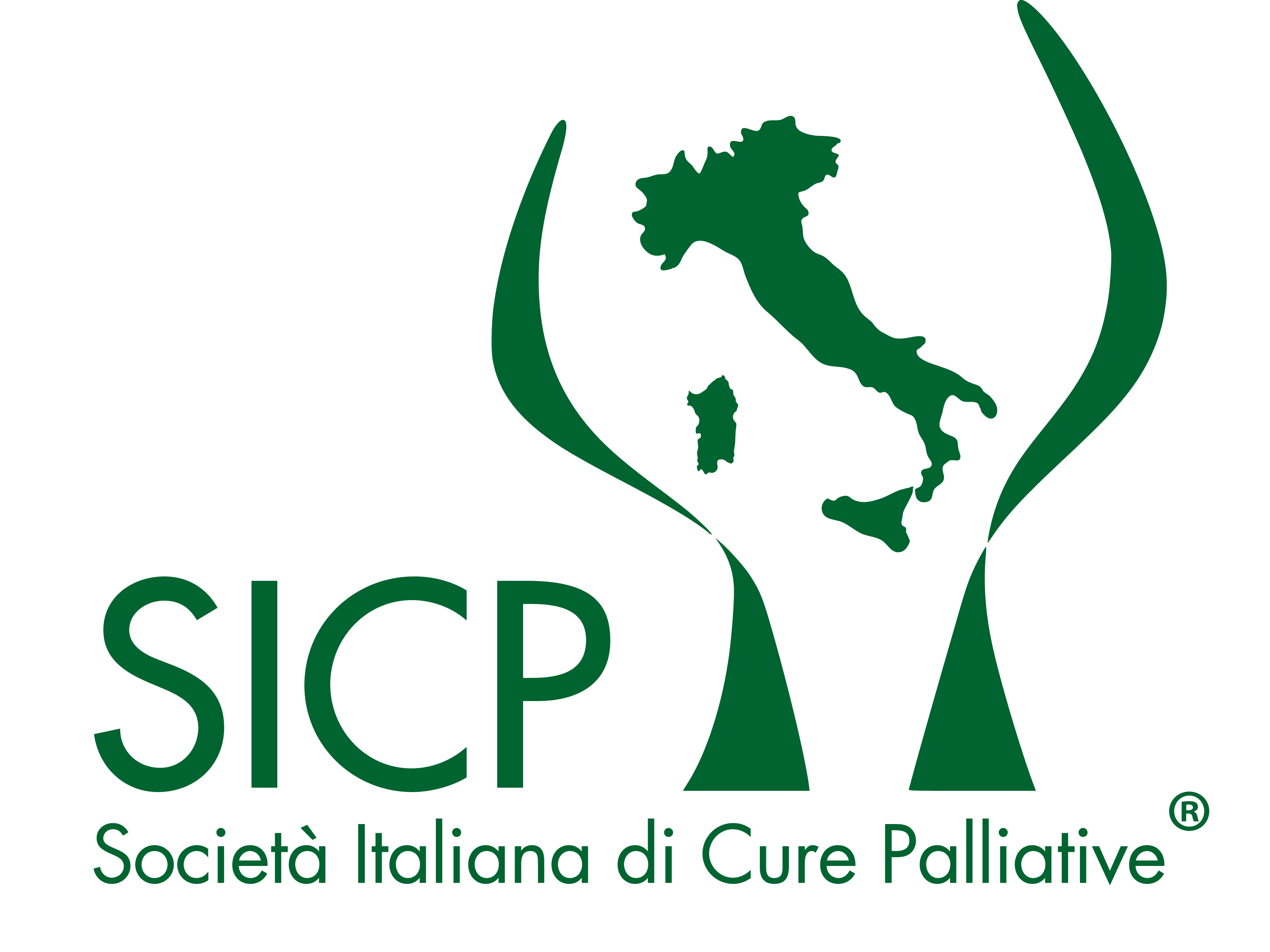
by Valeria Confalonieri | May 27, 2020
Urinary tract infection (UTI) has long been considered the most common healthcare-associated infection. They account for increased morbidity and mortality, excess length of hospital stay, increased cost and unnecessary antimicrobial use. Avoiding unnecessary urinary...

by cristiano | Nov 9, 2018
The indication of the positivity to alert microorganisms in the letter of discharge or in the transfer document to another healthcare facility represents an essential information to ensure the correct patient management both at home and in healthcare facility. The...

by cristiano | Nov 9, 2018
The prevention strategies for Surgical Site Infections (SSI) are focused on three areas: patient, surgical technique and environmental conditions of the operating room. Among the latter, it is important to refer to the air quality (particle and microbial...

by cristiano | Nov 9, 2018
Proper hand hygiene reduces the skin microbial population, representing the basic measure to ensure hand decontamination. In healthcare settings, non-sterile disposable gloves – or “gloves” – do not replace hand hygiene, as they have different...

by cristiano | Oct 17, 2018
Shared planning of care is provided for by Law 219/2017 “Rules on Informed Consent and Advance Treatment Provisions”. It allows the sick person, if desired, and the treating physician to align themselves on the goals of care, on futile or disproportionate...








Recent Comments